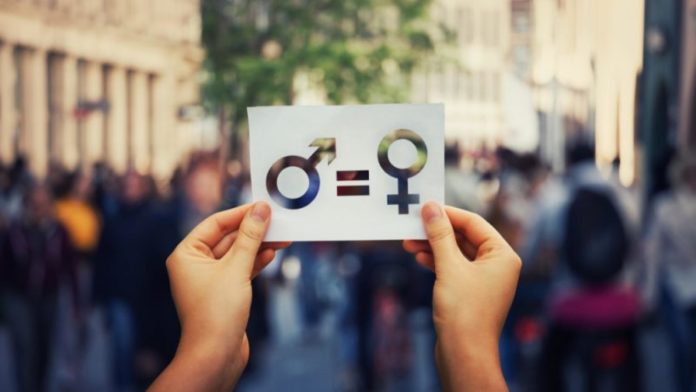Let’s be objective: no country in the world has achieved absolute and transparent gender equality. Hidden biases persist in political correctness, and as long as this is the reality, equity will remain a utopia.
Take the COVID-19 pandemic, for example.
The health crisis exposed profound inequalities and plunged most women of color into an economic and care crisis that magnified the challenges they were experiencing as if it were business as usual. Domestic violence, job insecurity, and loneliness are just some of the overlapping crises that have become apparent over the past year and a half.
Against this backdrop, the White House Gender Policy Council, created during the Biden-Harris Administration, has released the first-ever National Gender Equity and Equality Strategy. This ambitious initiative outlines a comprehensive program to promote gender equality in domestic and foreign policy.
The strategy is a roadmap that aims to close “pernicious gender gaps” and propel the United States toward a world of equal opportunity for all.
The strategy identifies ten interconnected priorities: 1) economic security; 2) gender-based violence; 3) health; 4) education; 5) justice and immigration; 6) human rights and equality under the law; 7) security and humanitarian assistance; 8) climate change; 9) science and technology; and 10) democracy, participation, and leadership.
The strategy also takes an intersectional approach that considers the barriers and challenges faced by those who experience interrelated and compound forms of discrimination and prejudice related to gender, race, and other factors, such as sexual orientation, ethnicity, religion, disability, age, and socioeconomic status. This includes addressing discrimination and bias faced by Blacks, Latinos, Native Americans, Asian Americans, Native Hawaiians and Pacific Islanders, and other people of color.
“Building back better requires not just policy reform, but also a shift in the social and cultural norms that undermine gender equity and equality, undervalue work traditionally and disproportionately carried out by women, and prevent rights on paper from being fully implemented in practice” the report reads. “This kind of structural change is urgently needed as we recover from a pandemic that has exacerbated economic, health, and caregiving crises, face the most significant reckoning over racial justice since the 1960s, and witness grave threats to reproductive and voting rights.”
Strategic Priorities
The Biden-Harris Administration’s plan addresses inequality at its root. It calls for improving economic security, ensuring equal access to jobs, addressing gender discrimination and systemic barriers to full participation in the workforce.
The strategy also calls for investing in care infrastructure and care workers to help rebuild the economy and reduce costs for working families and dismantle barriers to equal opportunity in education, recognizing that education affects the security of the future economy.
Most importantly, the Administration proposes preventing and responding to gender-based violence, embracing it as an endemic condition in homes, schools, workplaces, the military, and communities. The White House identifies gender-based violence as “a hallmark of conflict and humanitarian crises.”
For an in-depth reading of the National Strategy on Gender Equity and Equality, click here.
"strategy" - Google News
October 25, 2021 at 06:08PM
https://ift.tt/3mdtKe9
Biden-Harris Administration Releases First-Ever National Gender Equality Strategy - BELatina
"strategy" - Google News
https://ift.tt/2Ys7QbK
https://ift.tt/2zRd1Yo
Bagikan Berita Ini















0 Response to "Biden-Harris Administration Releases First-Ever National Gender Equality Strategy - BELatina"
Post a Comment